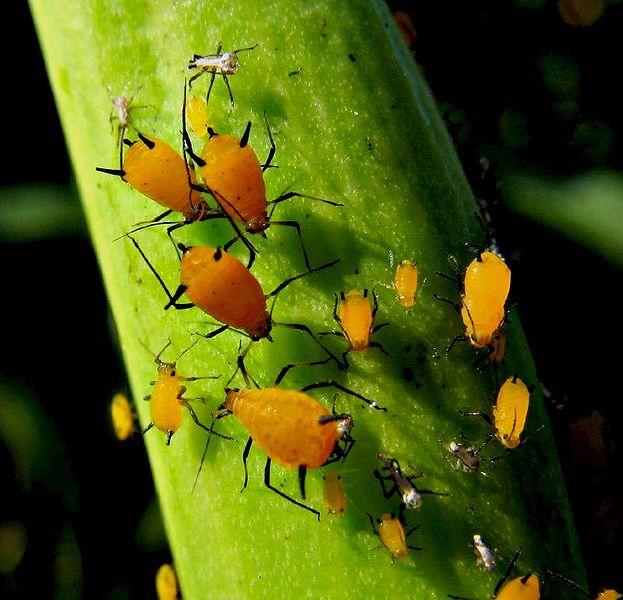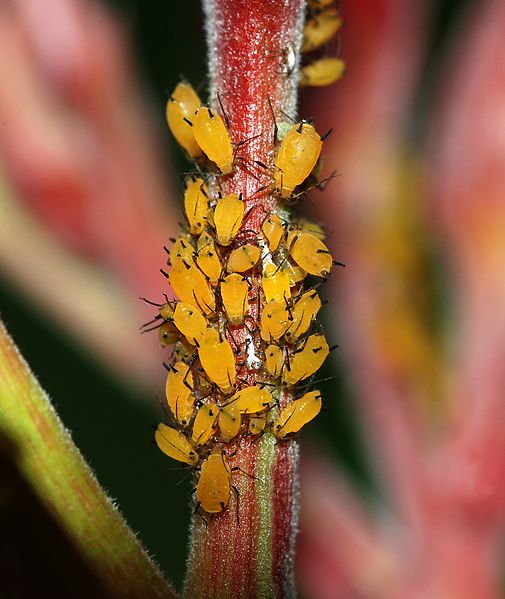Oleander (Nerium oleander)
How Do We Use This Organism?
All parts of Nerium oleander are
toxic to humans. That means that
whether one consumes the roots or the leaves there will be
consequences. There have not been many reported deaths due
to this plant however a there was a 22-year-old female that had ingested the plant
because she was told that it would help her
conceive a child. Her blood pressure was normal but she
had a very irregular heartbeat at 46 bpm. She was also
vomiting constantly, which is most likely associated with
the cardiac toxins in this plant. Although this woman
survived, somebody who is younger, such as a toddler, could be
at very serious risk of death when consuming this plant.
For more on this case study click
here.
Nerium oleander is appealing to look at, which is why it is
often used as a decorative outside plant in yards or gardens.
This can increase the danger to children however, because the
plant looks so appealing. Many herbal products are made
from this plant too, but because of the toxicity and the fact
that most of them seem like a sham, I would not invest a single
dollar into them.
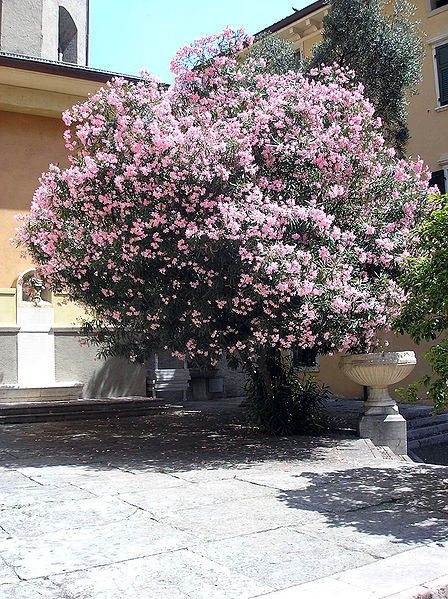
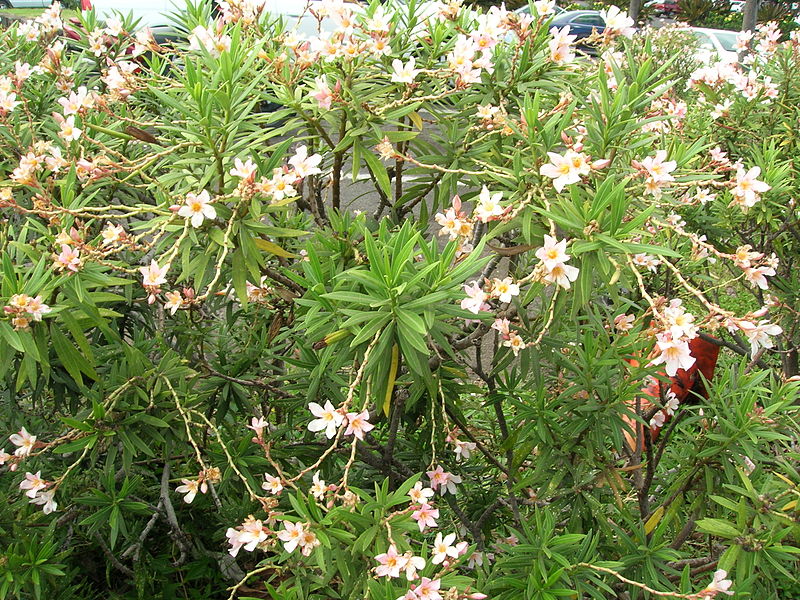
How Well Does Oleander Play With The Other Species?
There are several organisms that have been found to feed on
Nerium oleander, however these predators are far and few
between because Nerium oleander is
a very chemically well-defended organism. In order to consume
Nerium oleander, an organism would have to develop a
mechanism to counteract the toxins that are produced by it.
One of these organisms, the Oleander caterpillar (Syntomeida
epilais), actually uses the toxins that it eats from the
Oleander plant leaves as its own chemical defense against birds and
other predators. Other examples of predators that consume this
plant are: the larva of the spotted oleander moth (Empyreuma
affinis), the oleander hawkmoth (Daphnis nerii) and the common crow butterfly (Euploea core).
For more on the oleander caterpillar click
here.
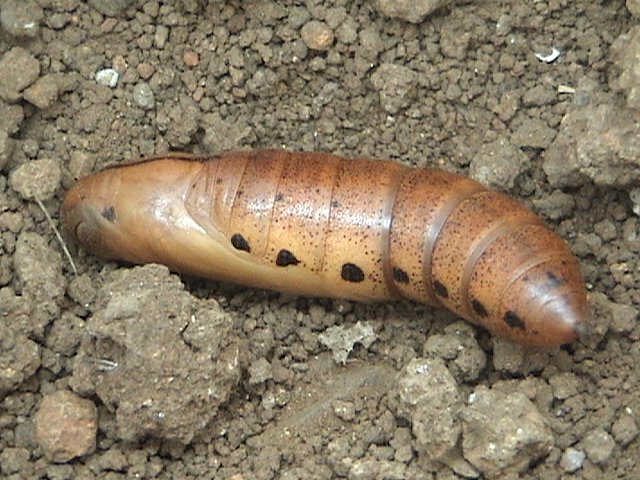


Nerium oleander also has a parasite that likes to feed
off of it… you guessed it’s an aphid! Aphis nerri
will actually stick its proboscis into the vascular tissue of this
plant and then feed off of a sugary substance called honeydew,
leaving behind a disgusting looking mold from the leftovers.
For more on Aphis nerri click
here





